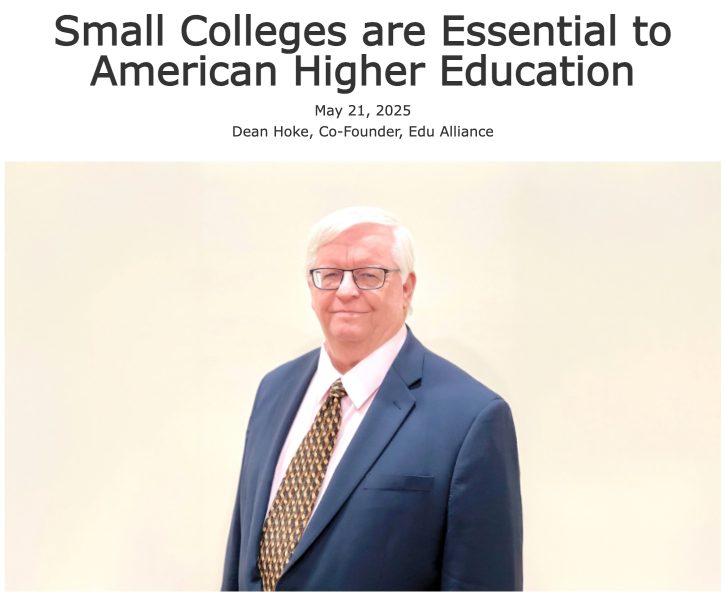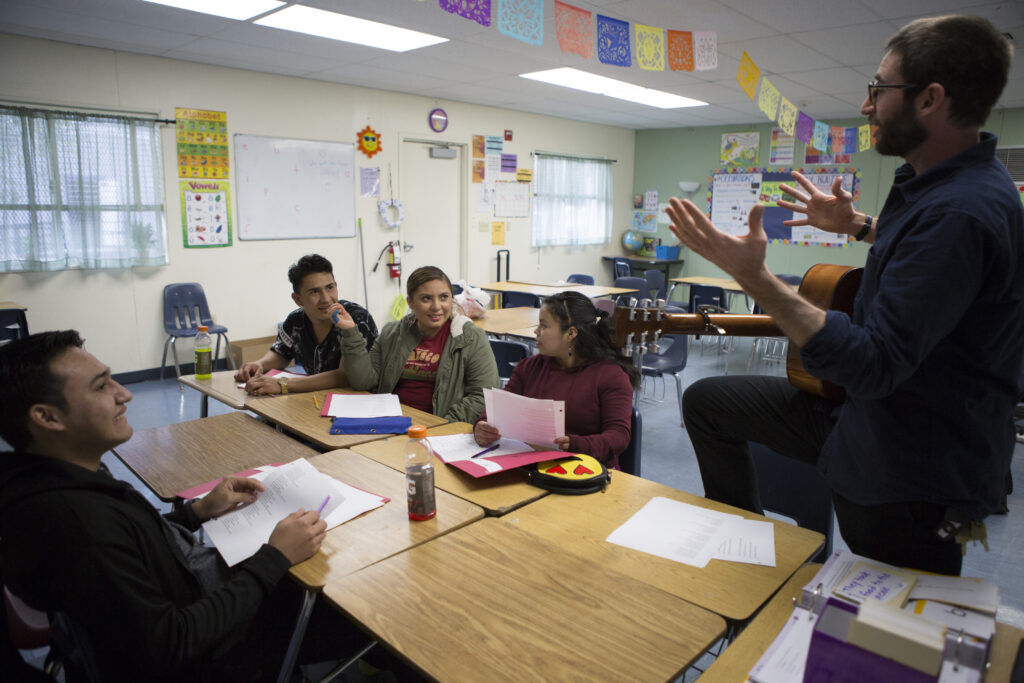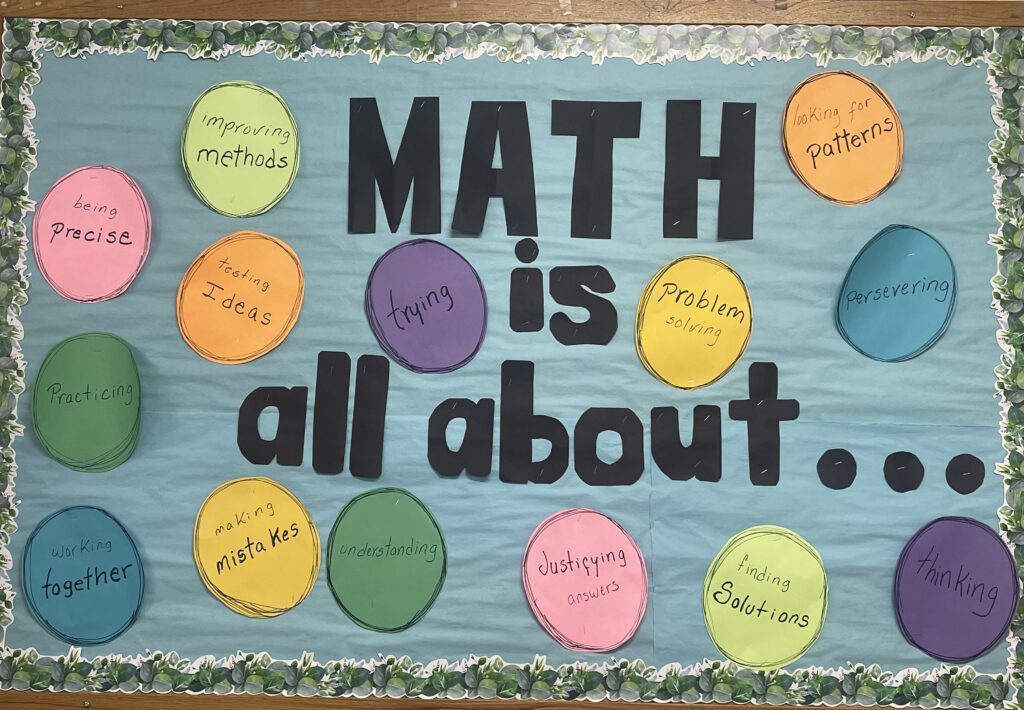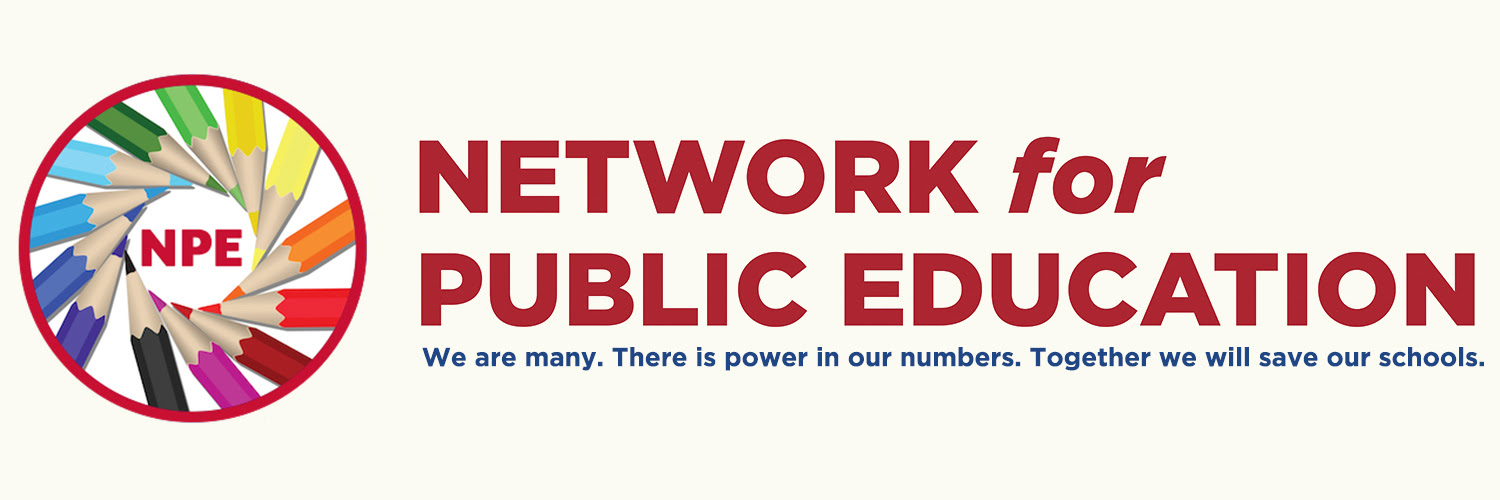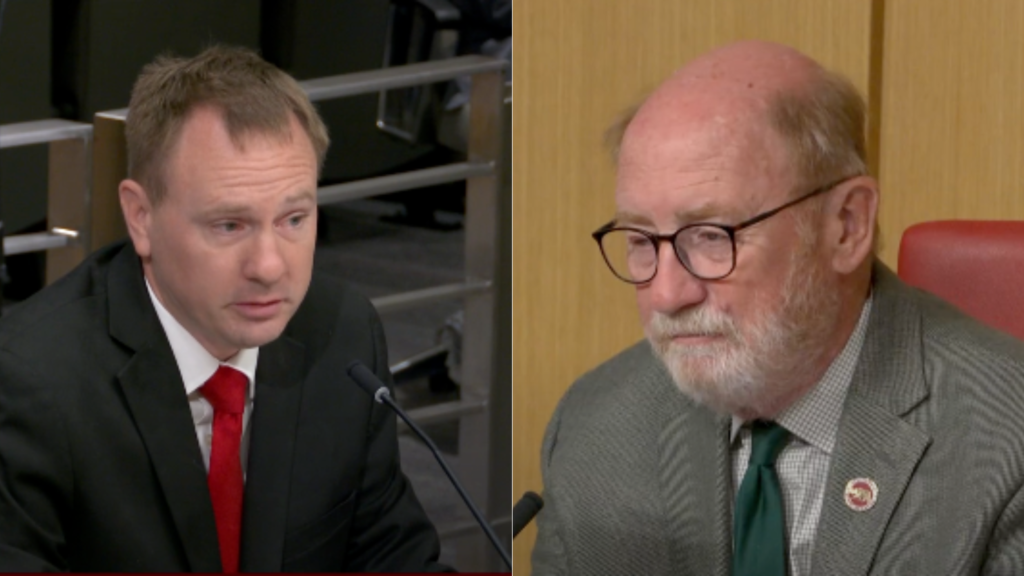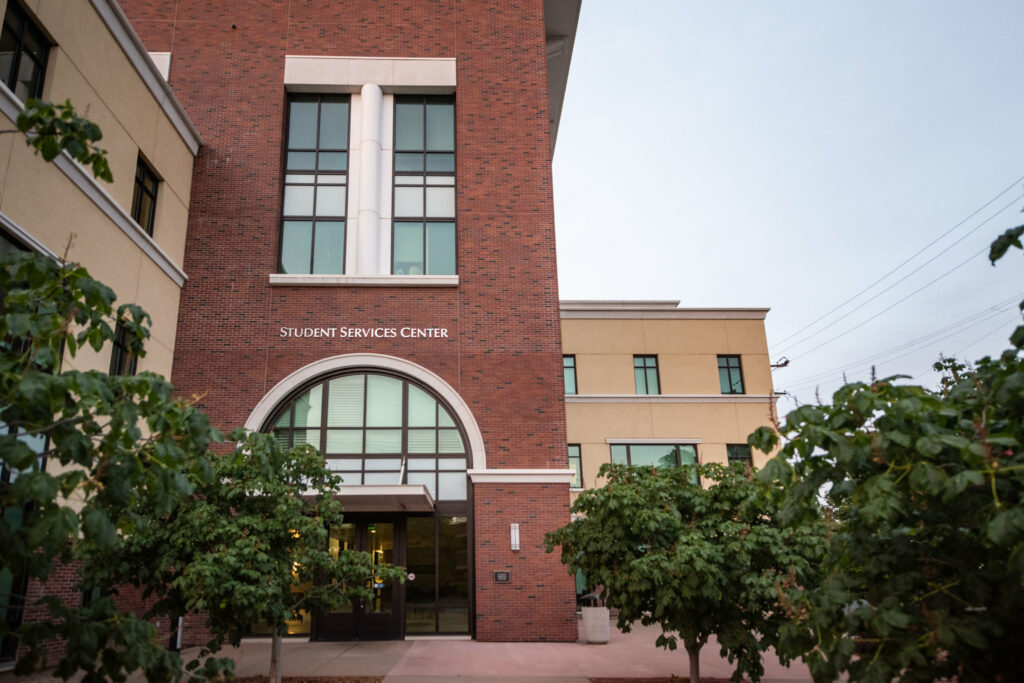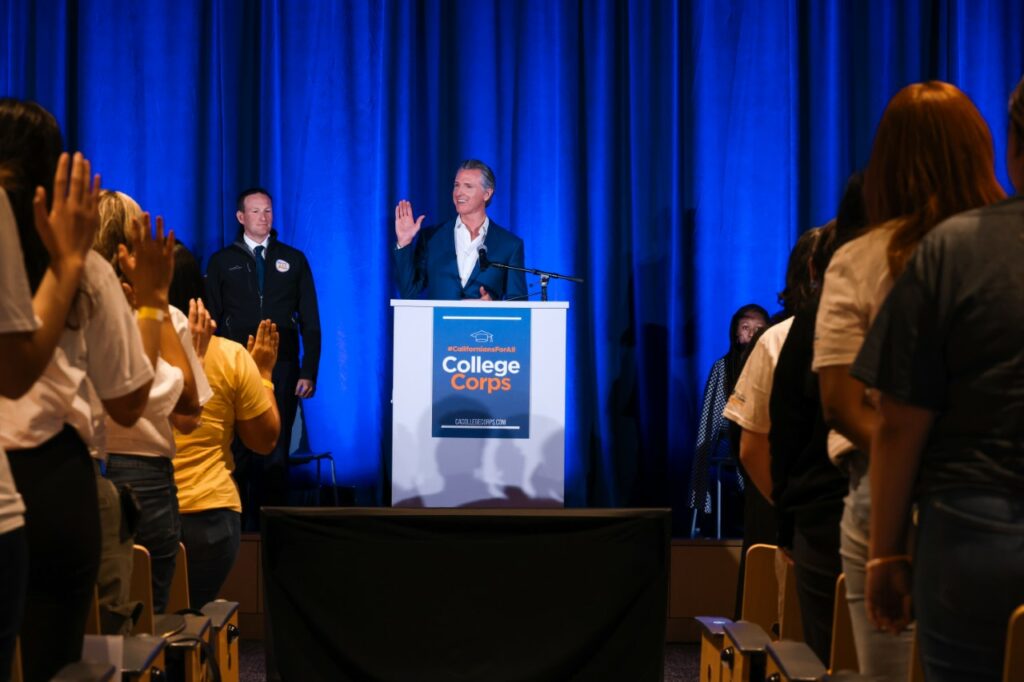
The Student Services Center at Chico State.
Credit: Jason Halley / Chico State
This story was updated on 4/16 to include the latest information on California’s drop in completed FAFSA applications.
Unprecedented difficulties in students applying for federal financial aid have wreaked havoc among financial aid and admissions officers across California’s colleges and universities, who are facing longer hours and more stress, sometimes while short on staff.
Since its initial delay last year from Oct. 1 to Dec. 31, the U.S. Department of Education’s rollout of the new Free Application for Federal Student Aid (FAFSA) form has been challenging and frustrating for students, their families and the college campuses they seek to attend. For many students, financial aid plays a significant role in deciding where and if they will go to college.
And the resulting delays have pushed back students’ decisions.
Kamila Juarez, a senior at Grace Davis High in Modesto, has been accepted to all the universities she’s applied to including Cal Poly SLO, UC Davis, UCLA and UC San Diego, but she hasn’t decided where she will go because financial aid is the biggest influence on her decision. And Juarez hasn’t heard anything yet about how much she will receive, which has created a frustrating situation.
“It’s kind of stressful,” she said, adding that if money were not an option her first choice would be Cal Poly followed by UCLA. “When I do know how much I get, I know I’ll have to decide pretty fast.”
Both UC and CSU systems extended the deadline for Intent to Register for fall 2024 to no earlier than May 15. A host of other Cal State campuses extended it further to June 1 because of the delays.
Harder hit than other states
California, in particular, has been hard hit in the FAFSA debacle because of the large number of “mixed-status” families, or U.S. citizens who have at least one parent without a Social Security number. Many of those students have been unable to submit a FAFSA. Last week, Gov. Gavin Newsom, the California Student Aid Commission and the UC and Cal State systems agreed that students could submit a California Dream Act application in place of the FAFSA so they could at least receive priority access to state financial aid. The Dream Act is typically only available to undocumented students.
“We do hope to get offers out (soon). It still feels like there is an equity issue between being able to send out financial aid offers that have zero problems to not being able to provide financial aid offers to students that fit in these other scenarios,” said Becki Sanchez, director of financial aid at UC Irvine. “In a sense, it makes us feel very uneasy.”
The situation doesn’t seem to be improving.
“It has been very scary, to say the least, trying to keep up with all of these changes and errors and resolutions that don’t make sense from the feds,” said Sonia Jethani, director of financial aid and scholarships at California State University, East Bay. “We’re hanging in there. We have to make sure that we’re on top of it in order to answer the students and provide support to them as much as possible. But I’ve never seen this before.”
Financial aid and admissions officers say that in the nearly 40 years that the FAFSA has existed, this year’s problems have been unprecedented.
Typically, as has been the process for decades, high school seniors and community college transfer students would begin completing the FAFSA in October to meet California’s March priority deadline for access to state aid like the Cal Grant. During that period, those students would submit applications to the colleges and universities that they’re seeking admission to, so they would have their offer letters by early spring. The traditional timing allowed financial aid offices to send details about grants, loans and scholarships to students around March and April, in time for them to make a decision on the college they plan to attend in the fall.
But this year’s repeated FAFSA disruptions means colleges haven’t been able to send out aid awards, either because students have had trouble applying, the department has miscalculated some students’ aid, or colleges haven’t received any aid information from the department. Each award letter sent by colleges to their admitted students that complete a financial aid application is customized with a combination of federal, state and institutional, grants, loans and scholarships.
California extended deadline
According to the National College Attainment Network’s FAFSA tracker, California is among the states that dropped the most in FAFSA completions compared to last year before the form was revised. As of April 5, completions were down 43.4%.
California extended its priority FAFSA application deadline to May 2.
“We should have had our financial aid packages ready by now,” Jethani said. “We probably won’t be ready to send out aid notifications until the second half of this month.”
Financial aid officers at Cal Poly Pomona anticipate that they will start sending award letters to students this week. The campus added workshops, including on Saturdays, to host informational sessions and help students complete the FAFSA. Jeanette Phillips, executive director of financial aid and scholarships for the campus, said they will also do some extra tracking and target their communications to make sure their admitted students completed the FAFSA.
“Like many schools. we’re a little short-staffed, but we are doing our very best,” Phillips said, adding that the delays have added work to their normal spring duties like processing summer financial aid, which “is a significantly manual process. … We still have to work with our current students. We have a number of appeals that students have submitted for financial review.”
Phillips said normally the financial aid officers would have plenty of time to focus and prioritize, “but now we have to double up, triple up our energy and efforts to try to handle” everything.
Because the Pomona campus is fielding more questions and concerns from families this year, Phillips said financial aid officers are spending about an extra 15% of their time meeting with students.
The mistakes from the federal department also have financial aid officers adding unique disclosures to the information they give their potential students. The department notified colleges last week that they made mistakes on tax information submitted by students, amounting to about 30% to 40% of unusable files.
“We feel like the Department of Education has basically put it on the universities to figure this out for our students,” Sanchez said. “It’s really disappointing, their response to this.”
Sanchez said the Irvine campus has about 30% of financial aid offers it can’t send because they need to be reprocessed by the department.
Jethani said the East Bay financial aid officers are providing disclosures to students within their financial aid packages that the information they receive is based on information that could change because of the various errors and mistakes from the department.
Some of the mistakes are due to the new formula the department is using to determine aid. In the past, the FAFSA used “expected family contribution” to calculate students’ aid, but the new form uses the “student aid index formula.” In March, the department announced a miscalculation of the student aid index, which led to further delays.
CSU East Bay and some other campus have partnered with third-party vendors to help with their FAFSA “backend processing” like verifying information because they are short on staff, and the East Bay campus anticipates it will also be “triaging” and fielding various questions from students even after the fall term begins, Jethani said.
During a hearing on the FAFSA debacle on Capitol Hill on Wednesday, Justin Draeger, president of the National Association of Student Financial Aid Administrators, gave the department an F grade for its rollout.
“This really adds up to a crisis of credibility for the Department of Education,” he said. “If there was a financial aid director or even a college president that delayed financial aid on their campus for up to six months, the professional price that would be paid for that would be pretty steep.”
And as for those mixed-status students that are now encouraged to fill out the Dream Act application, Sanchez said her office will still try to encourage them to complete the FAFSA.
“These are U.S. citizens, and they are entitled to federal student aid such as the Pell Grant and student loans, federal work-study, and all those things that they are not eligible for under the (Dream Act application),” she said.
Impact on enrollments
The ripple effect of this year’s FAFSA delays is expected to significantly affect campuses’ enrollments, especially those that have faced challenges encouraging students to attend.
“Universities nationwide are likely seeing enrollment downturns just like East Bay right now,” Jethani said. “We are low in enrollment, and we are low in applications, and we are low on decisions because all of these students are waiting on their financial aid to be able to decide on whether they can afford to come. This is a pretty scary time for everyone.”
The universities are facing pressure to maintain or raise their enrollments, but Phillips said California has an additional competitor for students to contend with: an increase in the minimum wage.
“The decision that some students are making out of high school is, do I go get that $20 an hour job or do I go to school?” Phillips said.
About 70% of Cal Poly Pomona’s students receive some form of financial aid, which means that the delays have made it difficult for the campus to project what the fall enrollment will look like, said Jessica Wagoner, senior associate vice president of enrollment management and services.
The UC system, on the other hand, saw record applications this year because of an increase in students who want to transfer, and there are expectations that enrollment will continue to increase across its campuses. But there is still concern that the FAFSA problems will particularly affect low-income and first-generation students.
“We’re a very popular campus, so I’m not worried about us making our big numbers,” said Dale Leaman, executive director of undergraduate admissions for UC Irvine. “The thing that concerns me the most is the students who just get so frustrated with the situation that they just give up … especially our first-generation families, where parents have not gone through this.”
Sanchez said families have lost a lot of trust in the department because of the poor FAFSA rollout, so the responsibility will fall on universities to rebuild that trust.
“My job is to make this successful in spite of things going bad,” she said. “My plan is if the Department of Education isn’t going to pull it together, we are certainly going to make sure that our students are OK, that they’re not harmed, that they start classes on time, that they don’t have to worry about these things.”
California Student Journalism Corps member Ashley Bolter contributed to this report.

